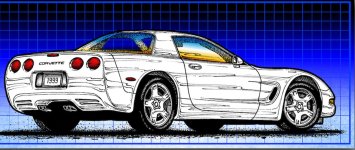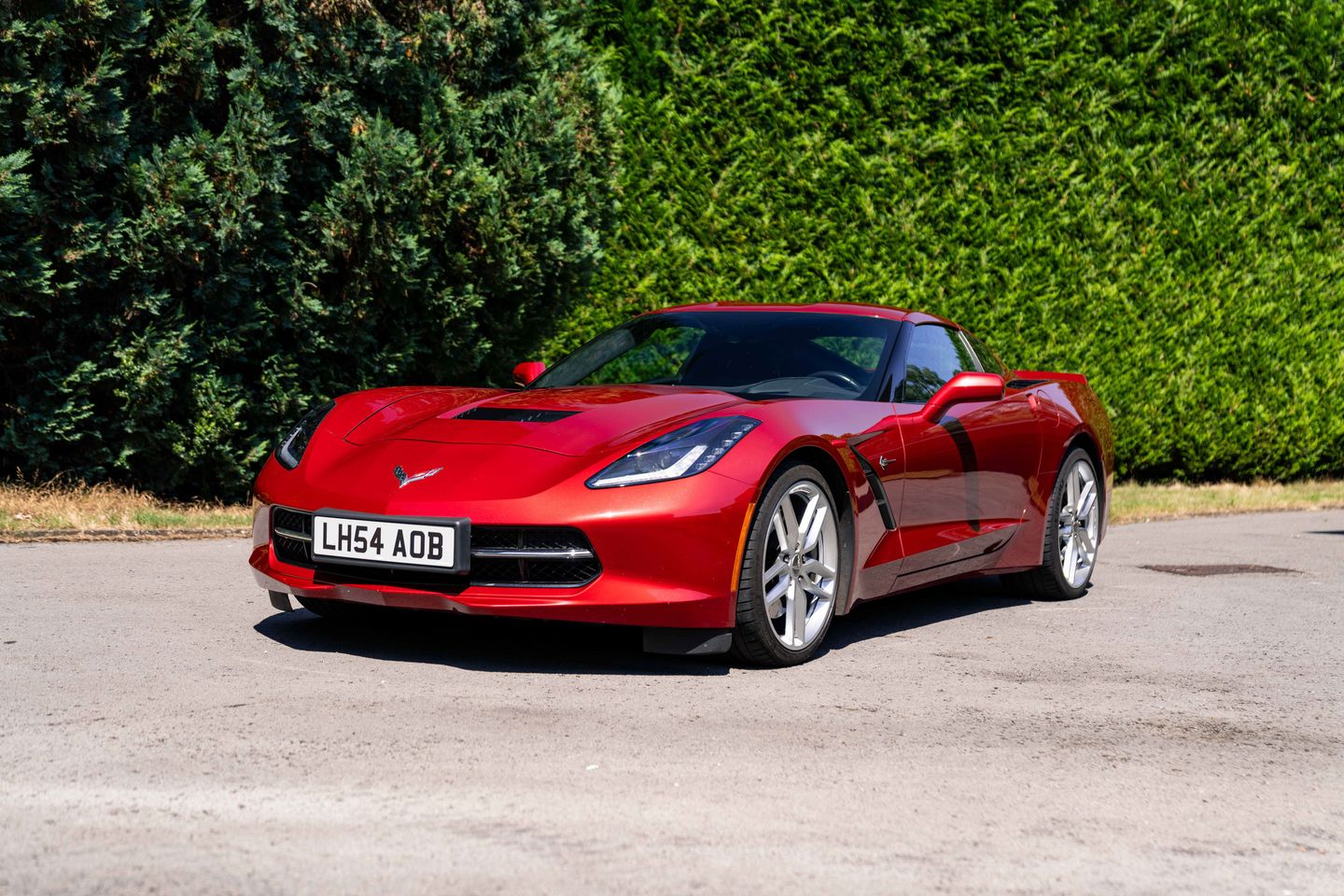Cannot understand why this has not sold yet, indeed very little interest, this has been and still is a really good C5,
Will be at Super Sunday at Goodwood on the 2nd June
How have you been marketing this?
Maybe need to gloss your ad up
GM code name "Billy Bob"
Only made for two years, so they are rare and were lighter than the coupe
The idea was to create a lighter weight and more performance-oriented model at a more attainable price.
Engineers achieved all of this by attaching a fixed fiberglass roof to a convertible body.
The resultant car
shaved more than 90 pounds from the coupe while also improving rigidity by 12%.
The Fixed Roof Coupe (FRC) fell nicely into the slot for buyers who wanted a slight extra edge.
The FRC’s roofline wasn’t as slippery as the hatchback and thus limited the FRC’s top speed to just 170 mph, 5 less than the hatchback.
Zero-60 and quarter-mile times were 4.4 and 13.3 at 108 mph, respectively.
Buyers scooped up 4,031 Fixed Roof Coupes in 1999 (12 percent of 1999 sales) and 2,090 in 2000 (6.2 percent of 2000 sales).
The sales figures for the regular coupe and convertible alone were well above the 25,000 units-per-year management mandate:
33,270 for 1999 and 33,682 for 2000. So, the C5 was on solid ground as far as management was concerned.
The FRC was only available with a 6-speed manual transmission and the Z51 Performance Handling Package came standard, all for about $400 less than a base coupe and $6,800 less than the convertible on which it was based.
The model only accounted for 4,031 of the 33,270 Corvettes built for ’99 and each of them was missing several items that you could get on the other two C5 variants.
Base, non-power adjustable, black leather seats were the lone option and optional colors shrank to
just five choices –
Torch Red (1,245 produced), Arctic White (311 produced), Nassau Blue (
the rarest at just 202 produced),
Black (1,227 produced), and Light Pewter (1,040 produced).
The hardtop was powered by the same 345 HP LS1 as the rest of the ‘Vette range, but its lighter weight allowed it to be slightly quicker. The sprint to 60 MPH took 4.7 seconds, and it could rip through a quarter mile in 13.3 seconds at around 108 MPH with a top end of 175 MPH.
These numbers were almost negligible compared to a base coupe, but the Corvette team’s insistence in building the FRC anyway was an important harbinger of their serious intentions towards world-class performance.





